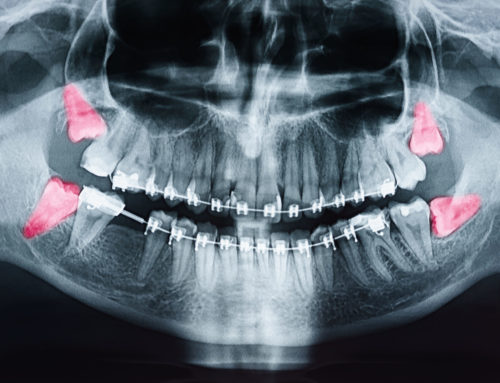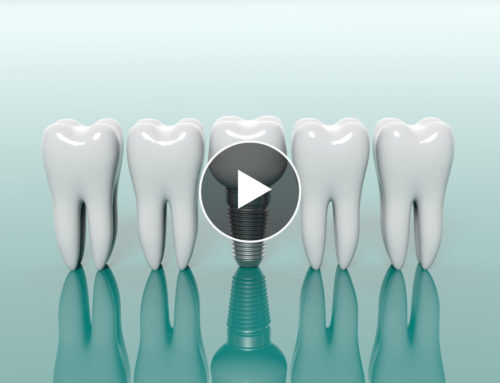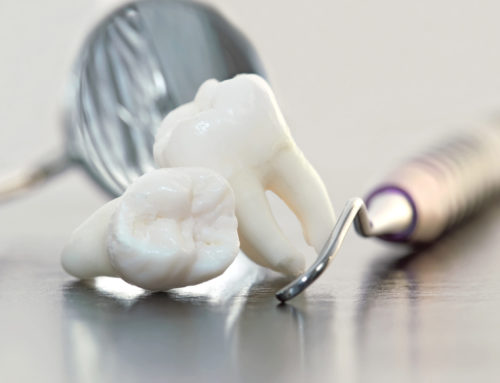Introduction to Bone Grafting
September 14, 2012 at 1:19 PM
Bone grafting is surgery in which either missing bone is replaced or bone fractures are repaired that have been failing to heal properly, posing a significant health risk to the patient, or significantly complex.
Following are some of the main biological mechanisms, or principles, involved in successful bone grafting:
Osteoconduction is the fostering of reparative growth for natural bone; this growth is guided as the bone grafting material serves as a platform for new bone growth.
Osteoinduction is the encouragement of undistinguishable cells to become active osteoblasts which are specialized cells responsible for the formation of bone.
Osteogenesis is involved only with autografts (see definition below) and is the process of bone adaptation promoted by the living bone cells of the grafting material.
Unlike most other living tissues, bones are typically able to totally regenerate; but, they require a space they can grow into or some type of scaffolding. Bone grafts are usually expected to be reabsorbed and replaced over a period of several months as the natural bone heals. Bone graft material from different avenues may be utilized:
Grafts made from hydroxylapatite, a naturally occurring mineral that happens to be the main mineral component of bone, are called alloplastic.
Material used from the patient’s own body is usually the preferred material for a bone graft due to less risk of rejection; and is referred to as an autograft as well as autogenous, autologous, orautotransplant.
Material used from a bone bank (donated by deceased humans that had previously chosen to be a donor) is known as an allograft. The three possible forms are fresh or fresh-frozen bone, freeze-dried bone allograft (FDBA), or demineralized freeze-dried bone allograft (DFDBA).
Possible forms of artificial bone include ceramics such as calcium phosphates, bioglass, and calcium sulphate (biologically active in varying degrees depending on physiological solubility) are commonly referred to as synthetic variants and are made with mechanical properties similar to that of bone.
Bone substitutes that have origins from a species other than human, such as cattle, are calledxenografts.
Italian scientists announced a breakthrough in January 2010 regarding the use of wood as a bone substitute; this particular technique is not expected as an option for humans until 2015 at the earliest.
–






